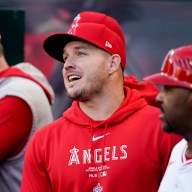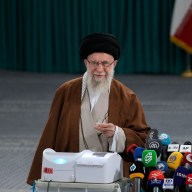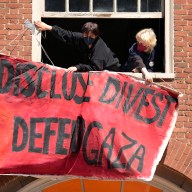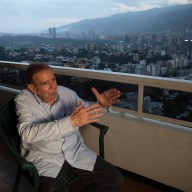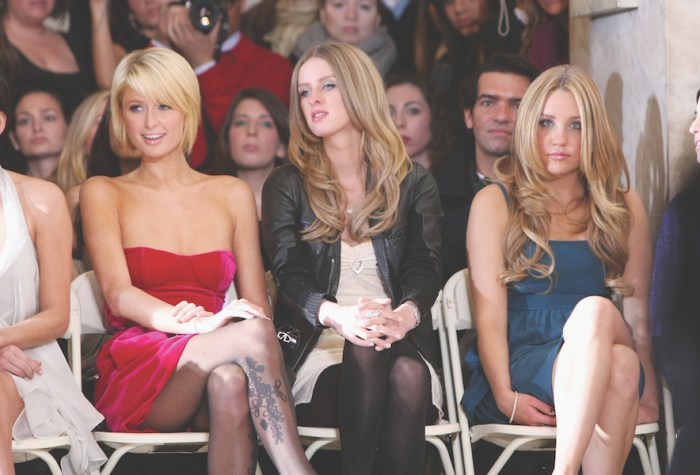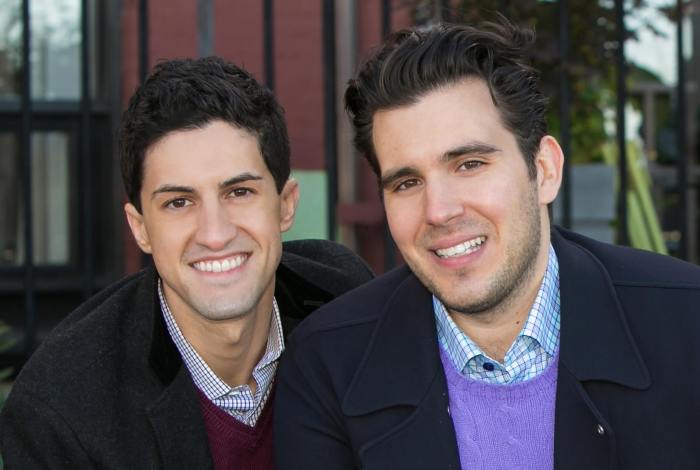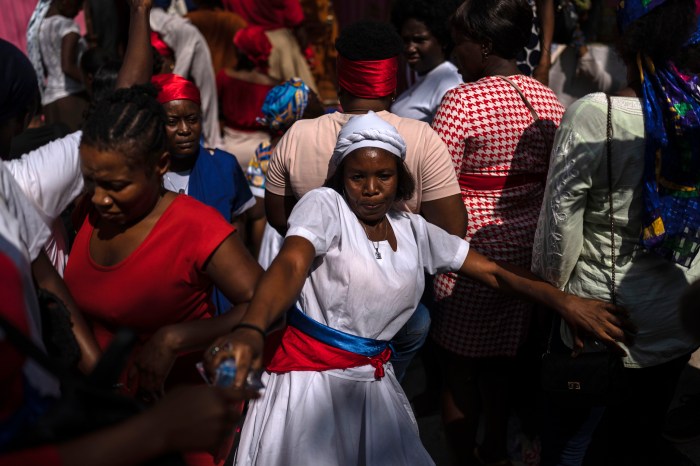 Nelson Mandela during a press conference on November 28th, 2003 for the “46664 – Give One Minute of Your Life to AIDS” concert, on Robben Island, off the coast of Cape Town, South Africa where Nelson Mandela was imprisoned for 18 years. Credit: Getty Images
Nelson Mandela during a press conference on November 28th, 2003 for the “46664 – Give One Minute of Your Life to AIDS” concert, on Robben Island, off the coast of Cape Town, South Africa where Nelson Mandela was imprisoned for 18 years. Credit: Getty Images
Former South African President Nelson Mandela died peacefully at his Johannesburg home on Thursday after a prolonged lung infection, President Jacob Zuma said. In a nationally televised address, Zuma said South Africa’s first black president would be accorded a full state funeral. He ordered flags to be flown at half mast.
Mandela’s cell of 5 square metres in Robben Island, where he spent 18 of his 27 years in prison, is now a virtual shrine for tourists and political figures alike. But Mandela was much more than a long-suffering prisoner. He was a world leader and 20th century icon.
“His building a future for South Africa was a huge feat,” says Stephen Chan, Professor of International Relations at the School of Oriental and African Studies in London and author of numerous books on southern Africa. “He helped draft what may be the world’s best constitution. He was key in establishing the Truth and Reconciliation Commission, which was crucial in helping the country deal with its apartheid past. He was also a highly moral politician, setting the tone for the whole continent by stepping down after one term.”
Lilias van Wyk, a white South African who lived through apartheid, is full of admiration for Mandela. “We all think he was a fantastic man,” she tells Metro. “It’s amazing what he accomplished without any violence or shooting. And his dignity!”
Indeed, Mandela succeeded where so many other freedom-fighters-turned-leaders have failed: as a democratic politician and later president, the former communist united his country. Despite the black majority’s pent-up anger over years of discrimination, no civil war erupted. The transition to democracy under Mandela’s leadership proceeded in a remarkably orderly fashion. In his presidential inauguration speech, Mandela urged South Africans to practice forgiveness, saying in Afrikaans, “Wat is verby verby”, what is past is past. And, through his moral leadership, Mandela brought South Africa back into the international fold.[embedgallery id=264791]
But Mandela was no angel. “He became a saint because we made him one,” says Chan. “We made him one to justify not putting enough pressure on the apartheid government to release him.” And though South African lore sees him as an old man who magically emerged from prison to rule his country, the reality is more nuanced. Explains Chan: “The four years between his release and his election as president in 1994 were turbulent. He had to go on a steep learning curve.” And, while Mandela was in charge as president, he mainly provided strategic direction and left the nitty-gritty of governing to his deputy, Thabo Mbeki. That’s in no way negative, but the 76-year-old didn’t singlehandedly perform the arduous task of running the country.
Even after stepping down, Mandela remained an icon: almost uniquely among dissidents elected to political power, he left with his integrity and popularity intact. For South Africa, the African continent, even the world he was a desperately needed icon of democratic success.




